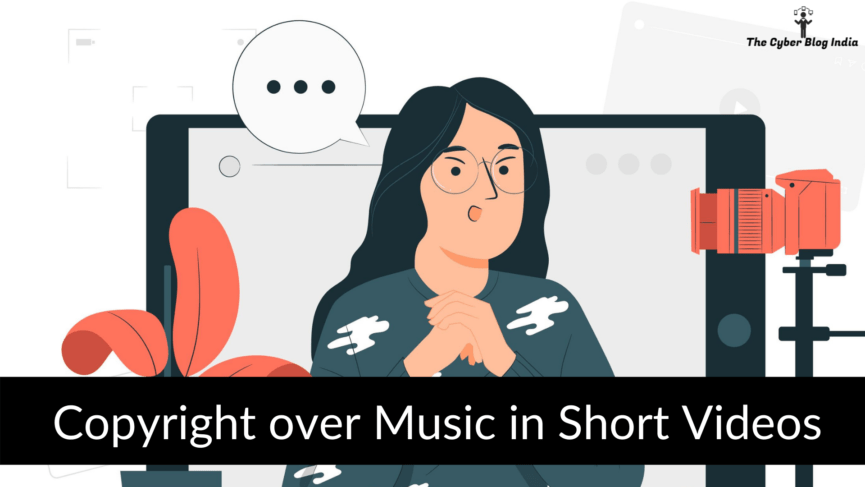Copyright over Music in Short Videos

I am sure you have already seen a few Instagram reels today. With the introduction of short videos on practically every platform, people no longer associate them with just TikToks. They are getting more popular and common. These short videos are no longer limited to dance pieces or business promotions. However, what is common in most of these videos is some audio. While some of these videos might have the content creator’s original voice, users often use music from different artists. What if an Instagram user includes your song in their video without your permission?
In this article, I analyse the terms and conditions of two popular platforms, Instagram and YouTube, and discuss how they deal with the issue of music copyright in short videos.
Instagram Reels

Reels using the same audio/music
Short videos with a limit of up to 60 seconds are popularly known as reels. In their terms and conditions, Instagram has committed to protecting the copyrights of content owners. If I create a reel and someone else uses the audio in their reels, a viewer will see my name at the bottom of the screen. This creates a way to give due credit to the audio’s original creator. If you end up uploading someone else’s music as your own original audio, Instagram replaces the reel description and gives credit to the actual creator. Therefore, Instagram’s algorithm is capable enough of detecting licensed music and audio. Once the algorithm comes into action, it modifies the audio credits and adds the reel to the common page for this reel’s audio. All the reels using the same audio are available on this common page.
There is one situation where this becomes tricky. If a user believes that Instagram has mistakenly added your reel to an audio page belonging to another artist, you can simply delete the reel from that page. As a result, you will get your credits back, and the reel will show your name as the original creator.
What about duets and remixes?

Audio credits in duets
Instagram tries to prevent copyright violation when users remix their reels with other users’ reels. If you do a duet with your friend’s reel containing licensed music or audio, the original creator’s name appears below the reel. Further, when you download a reel, the downloaded file does not come with licensed music or audio. Another interesting situation is when your reel is a mixture of original as well as licensed audio. If you download this reel, you will only hear the part that you originally added.
Instagram also has a dedicated page that explains what copyright is and what content creators should do to adhere to copyright rules. The guidance available on this page states that content creators should ensure that they give due credit to the copyright owner. The platform also recommends that creators have written permission from the copyright owner before using the same anywhere else.
YouTube Shorts

Music page on YouTube Shorts leading to the original music video
Like Instagram has Reels, YouTube has Shorts. Users can create short videos of duration between 15 to 60 seconds. Content creators can use songs and audio from YouTube’s music library. Not only a creator can add the audio in their Shorts video, but they can also create a shorter version of an existing Shorts video or any YouTube video. The creator’s video will show credits to the original source in all these cases. For example, if I take an audio clip from a music video titled tech brief by techgod, YouTube will show credits to techgod in my video. Content creators on YouTube have the power to limit the audio use from their videos by third parties. Similar to Instagram, the downloaded video does not come with copyrighted audio. Like any major platform, YouTube has published copyright guidelines for the platform users at its Copyright Centre.
Conclusion
Available information shows that platforms are concerned about the rights of copyright owners. However, users may find a loophole to fool the algorithm and bypass the copyright restrictions. Further, original creators have no way of knowing if another creator is using their audio and earning from the content created. It will be interesting to see how platforms improvise their algorithms to detect unfair use of copyrighted content. It is also necessary that the original copyright owners benefit from the videos being created by using their content, except for credits.
Featured Image Credits: Social media vector created by stories – www.freepik.com
